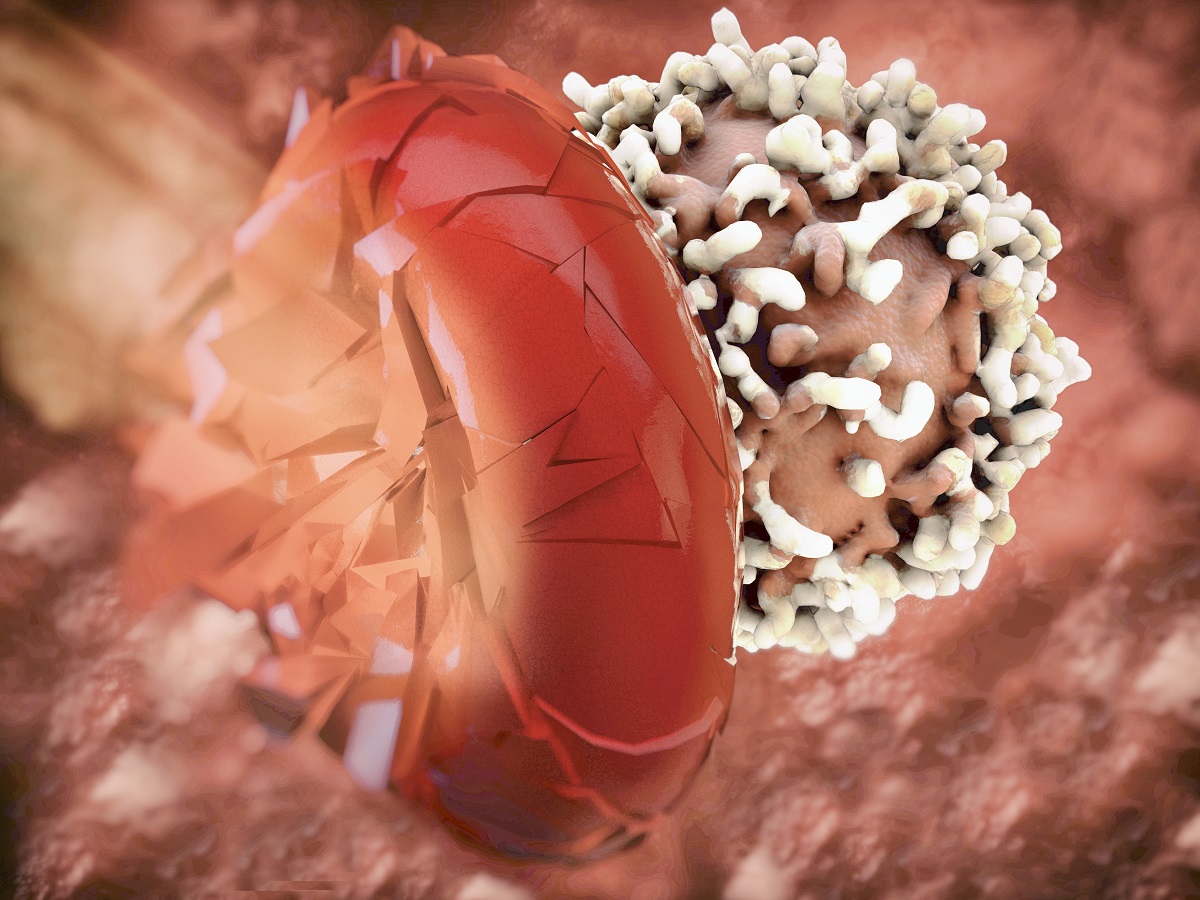KEY TAKEAWAYS
- The CheckMate 7FL phase III trial aimed to compare the feasibility and oncological safety of TAD vs SLNB in cN-positive/ycN0 BC patients after NAT.
- The result demonstrated that the TAD may be preferred for ypN+ patients and avoided in ypN0 patients, while limited nodal involvement and radiotherapy could enable safe ALND omission in select ycN0 cases.
Earlier prospective studies have indicated reduced false negative rates in individuals with T1-3/cN1 disease by removing two or more sentinel lymph nodes (SLNs). This was achieved by employing a combined technique for sentinel lymph node biopsy (SLNB) and targeted axillary dissection (TAD) in patients initially presenting with clinically node-positive status following neoadjuvant chemotherapy (NAC).
For a study, researchers aimed to compare the feasibility and oncological safety of TAD vs SLNB in cN-positive/ycN0 BC patients after neoadjuvant therapy (NAT).
Participants with cT1-4N1-3M0 disease from the MF1803 NEOSENTITURK registry were treated with SLNB or TAD alone, without axillary lymph node dissection (ALND). The TAD involved in removing biopsy-proven positive lymph nodes identified primarily with a clip as either SLN or non-SLN. All patients received nodal and regional irradiation.
About 976 patients with cT1-4N1-3M0 breast cancer from 37 centers were divided into two groups: SLNB alone (n=620) and TAD alone (n=356). Patients in both groups exhibited a similar age distribution(median age: 46, range: 24-76) for TAD and (median age: 46 range: 21-80) for SLNB.
In terms of lymph node parameters, the median (range, 25%-75%) SLNs, total lymph nodes(LNs), and total metastatic LNs removed were 3 (2-4), 4 (3-6), and 1 (1-2), respectively. Patients undergoing TAD were more likely to have cT1-2 disease (91.9% vs 78.7%, P<0.001), cN1 disease (85.7% vs 78.5%, P<0.006), and breast-conserving surgery (66.0% vs 51.3%, P<0.001).
TAD patients had a higher prevalence of using the combined technique for mapping (44.1% vs 22.3%, P<0.0001) and a lower median (IQR) lymph node ratio (0.29: 0.20-0.40 vs 0.33: 0.20-0.50; P=0.033).
Although there was a trend towards decreased non-sentinel lymph node positivity in the TAD group compared to the SLNB group, it did not reach statistical significance (TAD: 10% vs SLNB: 19%, P=0.07). There were no significant differences in pathological characteristics, including tumor type, breast pathological complete response (pCR), non-luminal disease (HER2-positivity or triple-negative disease), presence of low-volume metastatic disease (ITC or micrometastasis), and extracapsular extension.
Significantly, among patients with ypN-positive disease (n=351), those with SLNB had a higher number of SLNs removed (ypN+, 3.7±1.7 vs ypN0, 3.4±1.7, p=0.008) as well as total lymph nodes (LNs) removed (ypN+, 4.7±1.9 vs ypN0, 3.4±1.9, P=0.001) compared to those with ypN0 (n=635). Within the ypN0 group, patients with TAD had more LNs removed than those with SLNB (TAD: 4.2±1.9 vs 3.9±1.9, P=0.034).
Among ypN+ patients, those undergoing TAD were more likely to have SLNs removed compared to SLNB (TAD: 3.9±1.7 vs 3.5±1.7, P=0.062), while SLNB patients were more likely to have non-SLNs removed compared to TAD (TAD: 2.3±1.4 vs 2.9±1.5, P=0.028). Over a mean follow-up of 28.8 months (±12.1), the rates of ipsilateral axillary and locoregional recurrence were 0.2% (n=2) and 0.4% (n=4) in the TAD group and SLNB group, respectively. Importantly, no significant differences were observed in ipsilateral axillary, locoregional, and systemic recurrence rates between cohorts treated with TAD and SLNB alone.
The result demonstrated that the TAD may be preferred for ypN+ patients and avoided in ypN0 patients, while limited nodal involvement and radiotherapy could enable safe ALND omission in select ycN0 cases.
Source: https://atgproductions.net/atgclients/sabcs/2023_SABCS_Abstract_Report-12-1-23_Compressed.pdf
Clinical Trial: https://clinicaltrials.gov/study/NCT04109066
Cabıoğlu N, Karanlik H, Gulcelik M, Kocer H, Muslumanoglu M, İgci A, Tukenmez M, Uras C, Ozkurt E, Akgul G, Emiroglu S, Bademler S, Dağ A, Trabulus D, Yıldirim N, Karadeniz Cakmak G, Sen Oran E, Kara H, Basaran G, Altinok A, Ugurlu M, Senol K, Zengel B, Karaman N, Varol E, Dilege E, Bolukbasi Y, Akcan A, Ersoy Y, Soyder A, Ozbas S, Velidedeoglu M, Ozcinar B, Utkan N, Citgez B, Celik B, Zer L, Sakman G, Yeniay L, Dogan L, Dogan M, Erozgen F, GOKTEPE B, Agcaoglu O, Kivilcim T, Balci F, Gulluoglu B, Polat A, Ibis K, Ozmen V. Feasibility and oncological safety of targeted axillary dissection or sentinel lymph node biopsy in patients with clinically node-positive disease after neoadjuvant chemotherapy in the prospective MF-1803 NEOSENTITURK-study. SABCS Conference 2023.



